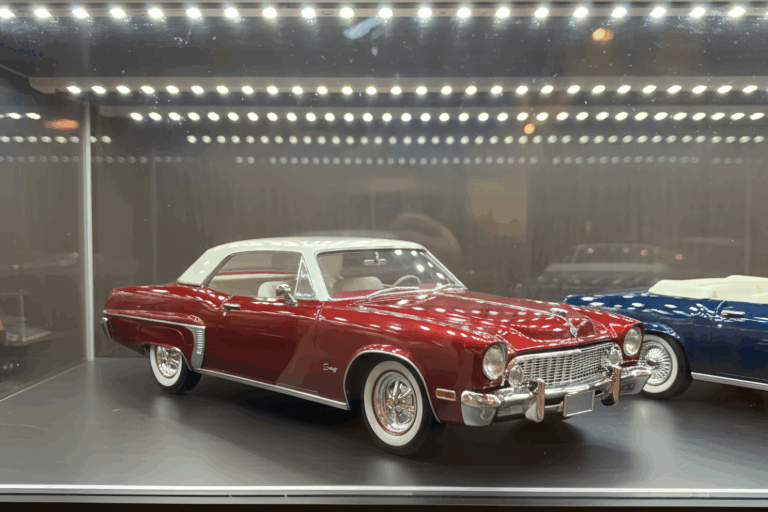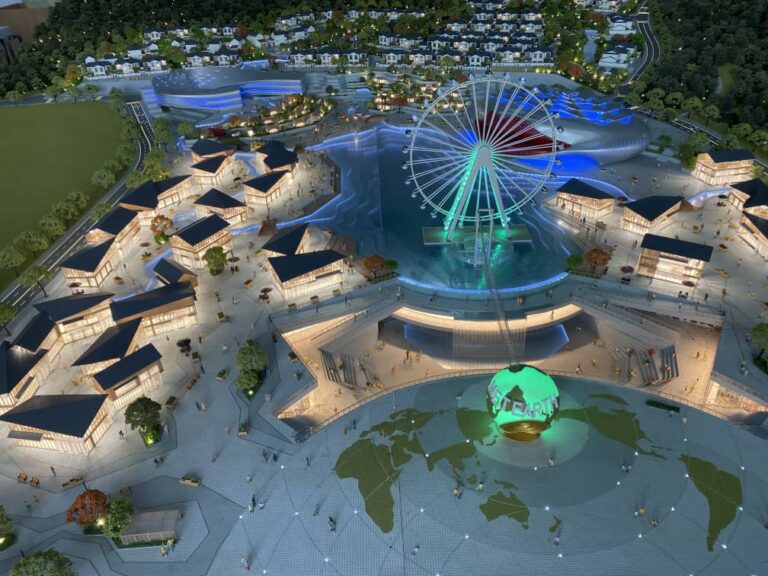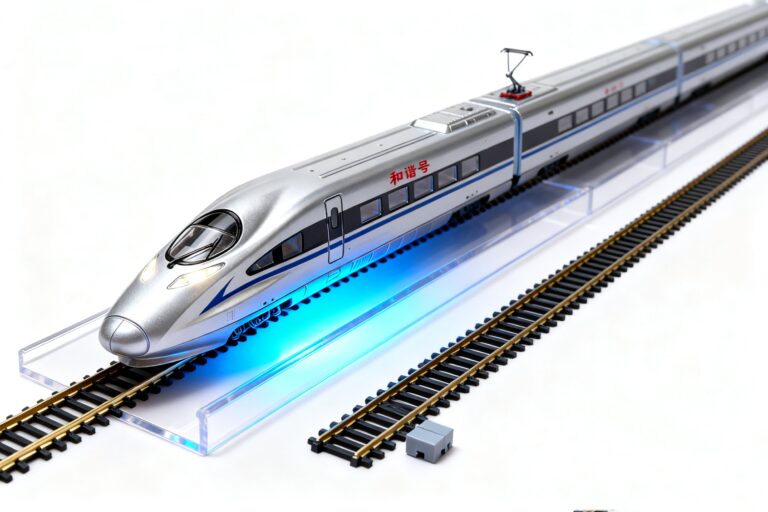Building styles are powerful tools that bring design principles to life. Whether you’re a designer, a student, or an enthusiast, learning simply exactly how to produce a building design can substantially improve your layout procedure, enhance spatial understanding, and assist link your vision efficiently. This overview covers every little thing from choosing the ideal products to mastering model-making strategies, assuring that your variety design differs. With professional ideas, thorough assistance, and essential factors to consider, you’ll save time and improve accuracy in your model-making tasks.
Article Synopsis
1. What Is a Building Version and Why Is It Important?
2. Specifically just how to Pick the Right Scale for Your Structure Model?
3. What Materials Should You Utilize in Architectural Variation Making?
4. Critical Devices for Variation Making: What Do You Required?
5. Just How to Beginning Structure Your Variation: Step-by-Step Refine
6. Concept Version vs. Presentation Design: What’s the Difference?
7. Just How Can 3D Modeling and Making Enhance Your Physical Design?
8. Common Mistakes to Remain Clear Of When Making Architectural Layouts
9. Just How Do Engineers Utilize Versions in the Design Fine-tune?
10. Advanced Techniques: Laser Reducing and 3D Printing for Version Making
1. What Is a Building Design and Why Is It Vital?
A building model is a physical or digital representation of a structure or structure made use of to envision and evaluate design ideas. Engineers and programmers rely upon designs to examine spatial partnerships, test massing, and existing ideas to clients. Unlike 3D ingredients or images, a physical design supplies a tangible approach to discover a style in three dimensions.
Versions are generally used at countless stages of the style process. Early-stage concept designs allow developers to check out kinds, while conversation versions show enhanced details for client authorization. Whether you’re a design student or a professional, understanding version production can substantially improve your capability to engage intricate concepts.
2. Exactly how to Pick the Right Variety for Your Building Variation?
Selecting the right range is important in developing variation production. Common ranges consist of 1:100, 1:200, or 1:500, depending on the task’s measurement and level of info. A small-scale layout (e.g., 1:500) is exceptional for website strategies, while a larger range (e.g., 1:50) permits complex information.
When considering the function of your style, if you’re evaluating spatial relationships, a conceptual version at 1:200 may be ample. For a discussion version, an extra in-depth scale like 1:50 aids customers envision items and structures. Always align your variety with the structure layout intent to make certain quality and understanding.
3. What Products Should You Take Advantage Of in Architectural Variation Making?
The alternative of materials straight influences the realism and durability of your design. Regular choices include:
Basswood & Balsa: Lightweight and simple to cut, best for building aspects.
Polymer & Cardboard: Great for massing versions and rapid prototypes.
3D-Printed Aspects: Suitable for complicated geometries.
For research study styles, inexpensive materials like foam board job well. If crafting a discussion design, consider laser-cut basswood or acrylic for a refined surface area. The appropriate items increase both visual appeals and capability, making your version visually appealing and structurally audio.
4. Essential Tools for Model Making: What Do You Required?
Having the appropriate gadgets ensures precision and efficiency in your model-making treatment. Technique things include:
Lowering Devices: X-Acto knives or laser cutters for clean sides.
Adhesives: Hot glue for quick assembly or PVA adhesive for delicate components.
Evaluating Devices: Array rulers, calipers, and T-squares for accuracy.
Purchasing premium devices, such as a laser cutter or 3D printer, can save time on intricate information. Whether you’re constructing a range design or a picture model, having the right devices considerably boosts outcomes.
5. Simply Just How to Begin Structure Your Style: Step-by-Step Process
1. Start with Comprehensive Drawings: Convert your sketches right into accurate measurements.
2. Cut and Assemble Base Layers: Begin with the structure.
3. Include Structural Parts: Wall surfaces, floorings, and roofing systems adhere to.
4. Make Improvements Information: Finally, include home windows, appearances, and landscaping.
Damaging the procedure right into stages assures a smooth structure experience and minimizes blunders, permitting you to concentrate on each element of your version.
6. Idea Design vs. Discussion Design: What’s the Distinction?
Recognizing the difference between idea layouts and discussion versions is important:
Principle Versions: These are harsh, fast styles often made from foam or cardboard, made use of to examine ideas quickly.
Discussion Designs: These are exceptionally outlined and lightened up, produced for customer evaluations, usually made from laser-cut basswood or acrylic.
Acknowledging these distinctions assists designers utilize designs efficiently at each phase of the design treatment.
7. Just How Can 3D Modeling and Making Enhance Your Physical Style?
Digital gadgets like 3D modeling and making enhance physical versions by permitting designers to examine lights, materials, and spatial setups prior to dedicating to a physical design. Combining both methods provides an extensive layout workflow, increasing total work end results.
8. Common Errors to Stay Clear Of When Making Architectural Versions
- To make certain a skilled result, avoid these common risks:
- Wrong Variety: This can cause imprecise percents.
- Poor Product Choices: Undesirable products can affect toughness and looks.
- Rushing Setting up: This usually triggers imbalances and weak joints.
- By being mindful of these blunders, you can generate versions that are both outstanding and helpful.
9. Exactly How Do Designers Make Use Of Designs in the Design Fine-tune?
- Architects use styles for numerous goals, including:
- Analyzing location and inhabitation.
- Communicating with clients via conversation models.
- Refining operating style versions.
- Layouts connect the gap in between illustrations and last construction, helping with even more clear communication and collaboration throughout the design treatment.
10. Advanced Techniques: Laser Reducing and 3D Printing for Model Making
Modern devices like laser cutters and 3D printers have changed variation making. These modern-day technologies allow ultra-precise cuts and detailed geometries, preserving time while boosting detail. Leveraging these innovative approaches can elevate your model-making game substantially.
Key Takeaways
- Select the right range based upon your version’s feature.
- Use suitable products (basswood for information, foam for fast researches).
- Invest in high quality tools (laser cutters, accuracy knives).
- Incorporate electronic and physical modeling for enhanced effectiveness.
- Stop common mistakes like imprecise scaling or weak adhesives.
- By adhering to these model-making pointers, you can produce splendid structure versions that effectively link your vision. Satisfied structure!





